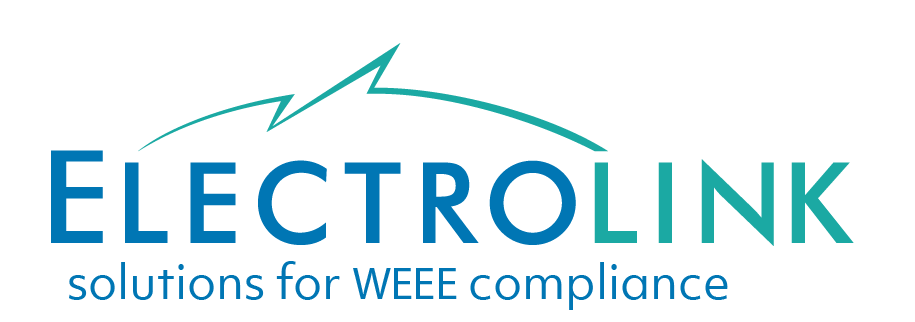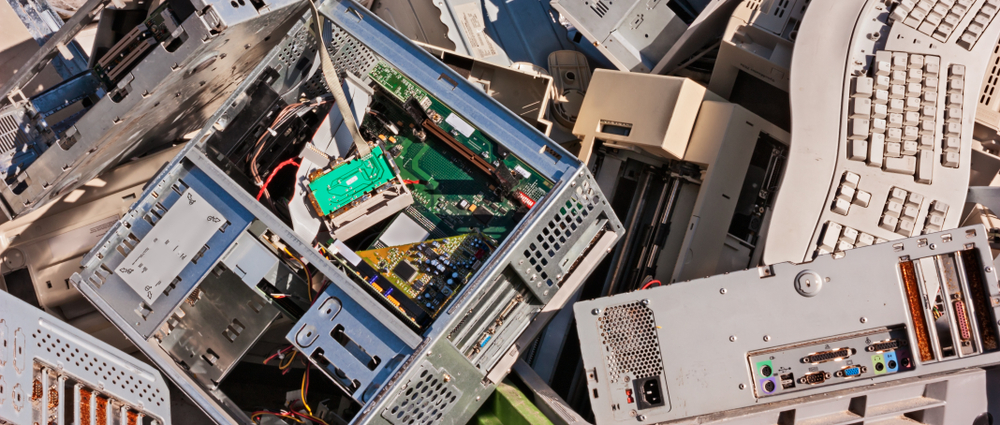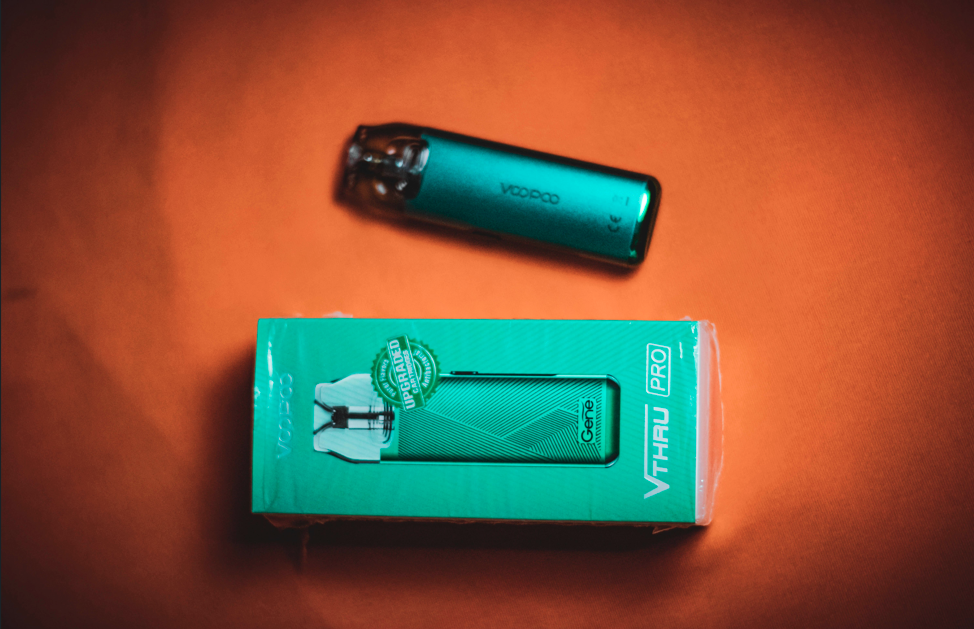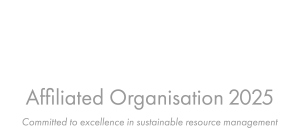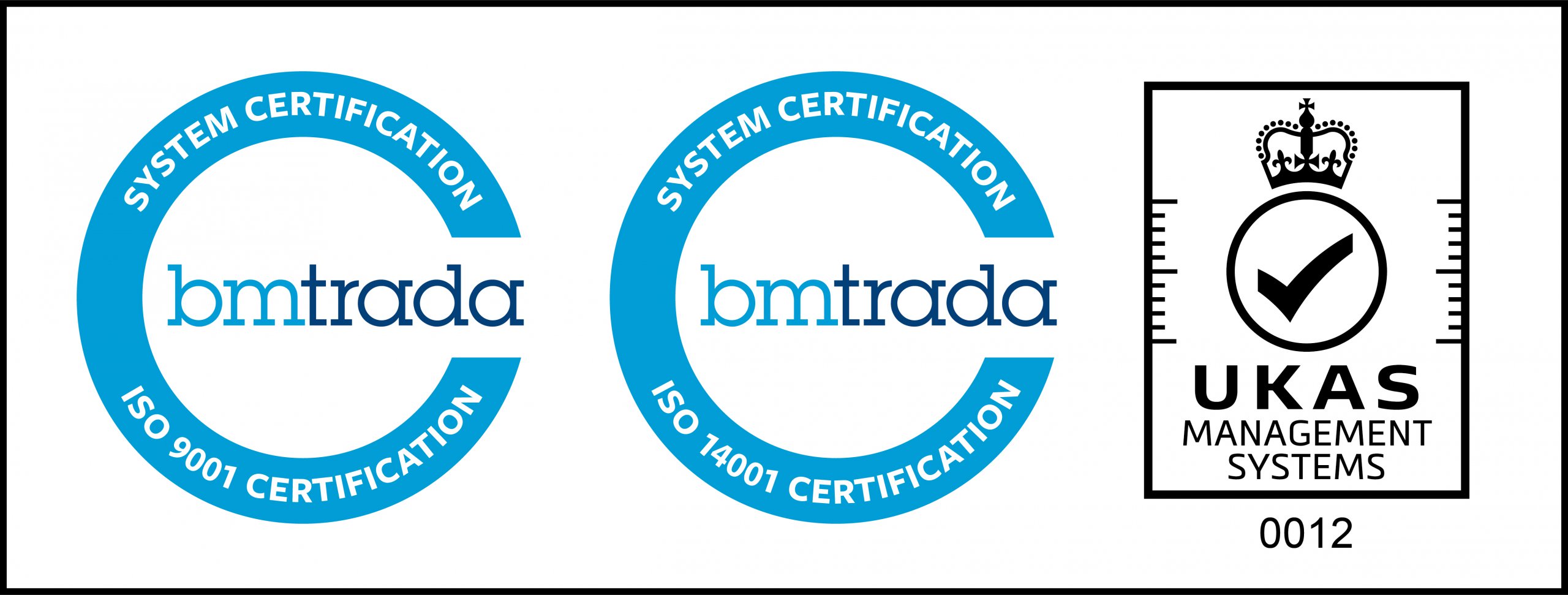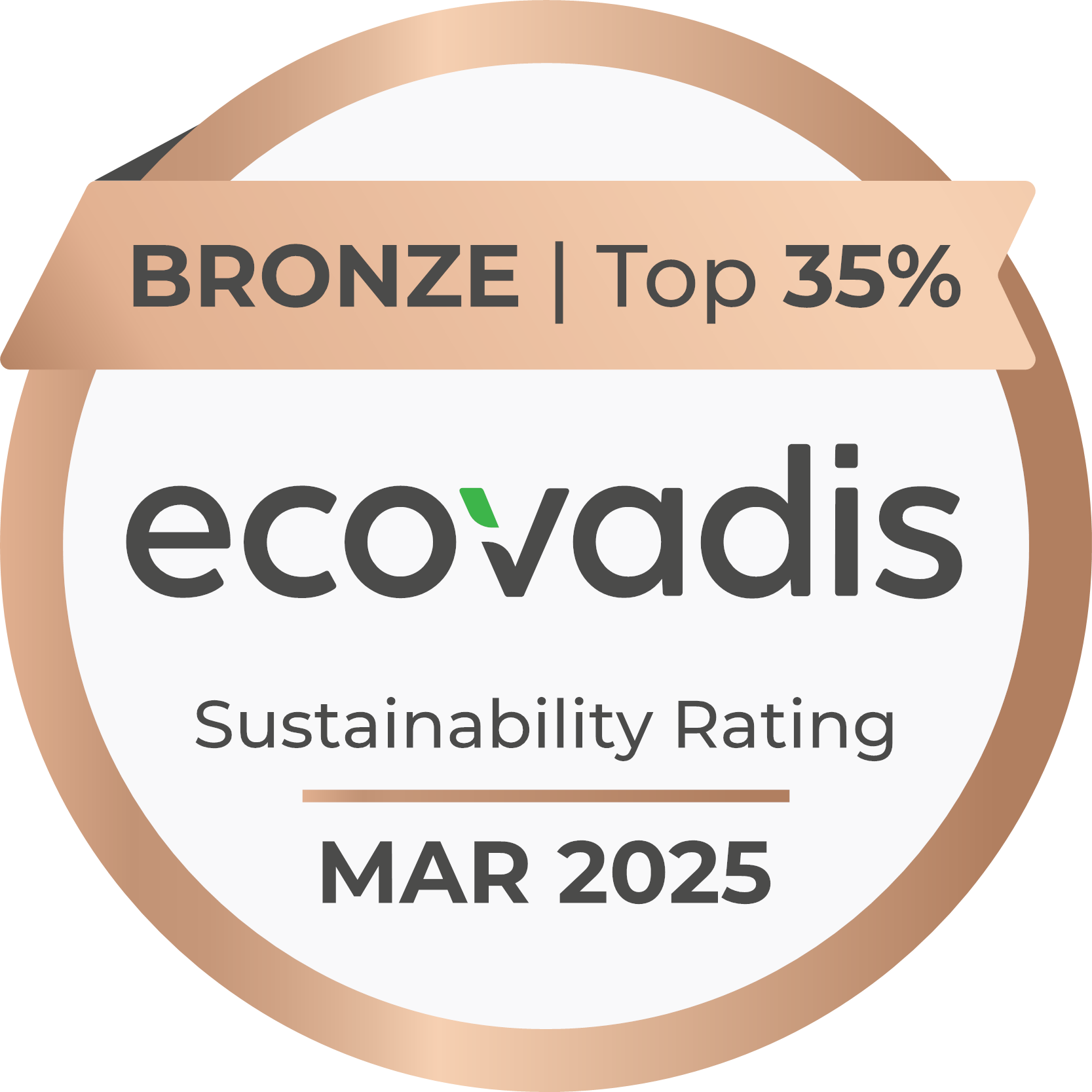Data on volumes of household WEEE collected for recycling for the first quarter of the year has been published.
For 2021 the Government set the target at 503,629 tonnes of household WEEE, an increase of approx. 9% from the tonnages reported in 2020.
Last year saw travel restraints and household waste recycling centres (HWRCs) close due to Covid restrictions, which severely limited the abilities for consumers to dispose of WEEE, and in turn for compliance schemes to collect it. Due to this, 2020 data was not including in the target setting process for this year.
This release of data for the first quarter of 2021 has been eagerly awaited, whilst restrictions were still in place for some stakeholders throughout Q1 the data shows 23.8% of the target being achieved.
When the total collected tonnes is compared to the same period last year (before lockdown restrictions were implemented in March 2020), the data is around 11% lower. Despite lower tonnage than 2020, given the restrictions in place throughout Q1 this year, along with the delay of mandatory in-store takeback of small WEEE due to the retailers obligated under the changes being closed, the collection figures are encouraging.
Categories such as display equipment and large household appliances appear to be performing very well with both just surpassing the 25% mark towards their targets, therefore on track at the end of Q1. Not far behind is fridges (cooling appliances containing refrigerants) which has reached approximately 24% of its collection target, and photovoltaic panels which has reached around 23%.
Nevertheless, collection rates for some will require an uplift if all category targets are to be met since many were shown in the Q1 data to be around 20-22% towards their annual targets. For example, the collection of small household appliances and gas discharge lamps requires improvement with 21.5% and 20.8% of the respective annual targets reached. Interestingly, these streams also underperformed in 2020 and are arguably the easiest for consumers to dispose of in their residual waste.
Although the data shows encouraging signs, there is still work to be done and we must remain cautious at this early stage in the year. The Q2 data will allow for a clearer picture of the pandemic’s impact on 2021 collections and the likelihood of meeting the annual WEEE targets.
